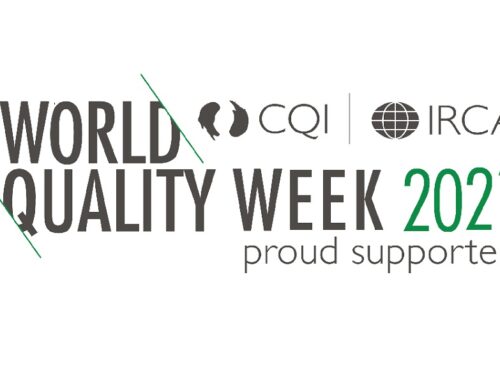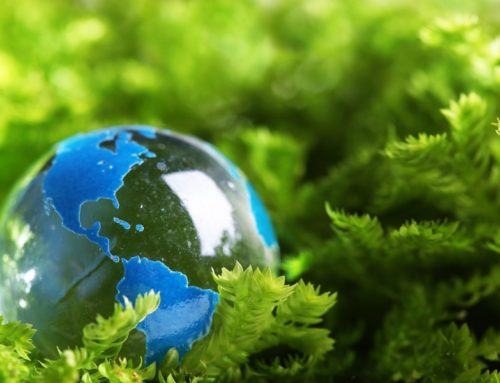
Coca-cola Enterprises has announced plans to halve its carbon footprint by 2020, while ensuring that forty per cent of the PET that goes into its bottles comes from recycled or renewal materials.
These are just two of a number of ambitious targets set by the company in its bid to contribute to helping the environment and combating climate change, which it says poses a real risk to its business.
Coca-cola Enterprises, one of the world’s biggest bottlers of soft drinks and the sole distributor of Coke products in Great Britain, made the targets public in its Corporate Responsibility and Sustainability report, released on 9 June 2015.
The report claims that “climate change is one of the most significant risks for our business and urgent action must be taken to tackle it”, pointing out how disrupted weather patterns and the resulting unpredictable conditions could affect its manufacturing process, distribution and supply problems, as well as threatening the available of usable water supply and other materials.
The company has previously made moves to become more sustainable in its European operations, installing solar panels in its plants in France and Belgium, and introducing a combined heat and power (CHP) system in its Wakefield facility.
Last year the company focused on increasing ‘backhauling’, where deliveries and collections are combined, while working with other large companies such as Tesco’s and Carrefor to ensure their trucks are as loaded as possible for every journey. The report claims it saved 2.54 million kilometres in 2014, which accounts for 2,257 tonnes of CO2e.
According to the 2014-15 report, Coca-cola Enterprises “will support the development of the circular economy” and promises to “use recycled and renewable materials and recycle more packaging than we use.” This could mark a conscious departure from the usual, linear method of production, often referred to as “take, make and dispose”, and towards a more sustainable long-term model. The report states:
“The sources of the virgin materials we use are finite and at increasing risk due to climate change and population growth. This has an impact not only on our ability to source these materials, but also on their cost.
“Ensuring that we have a high quality supply for our packaging materials, at a stable cost, is critical for the future of our business.”
One of the main ingredients of Coca-cola is water, and the new report relates company concerns on the possibility of future water scarcity, stating:
“Water scarcity and the deterioration of the quality of water sources in our own territories – and across our supply chain – are a significant issue for Coca-cola Enterprises.
“Even if temporary, they may result in increased production costs or capacity constraints and affect the growth of agricultural ingredients we use in our products”.
As a result, the company has pledged to “establish a water-sustainable operation and set the standard for water efficiency”, which has led to its commitment to lowering the company’s water use ratio to 1.2 litres per litre by 2020, down from its current level of 1.36 litres per litre.



